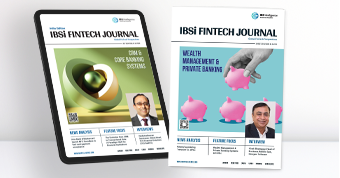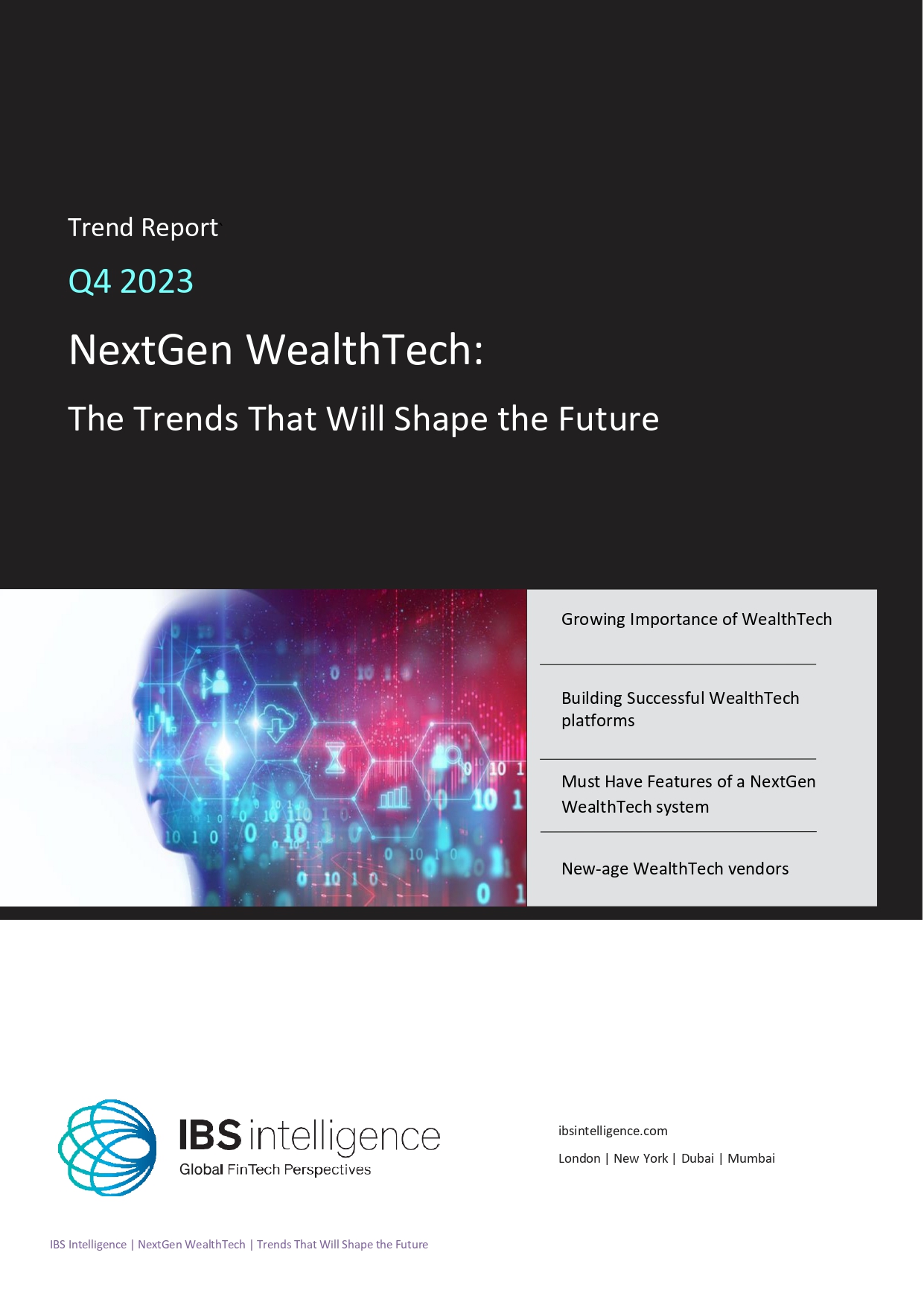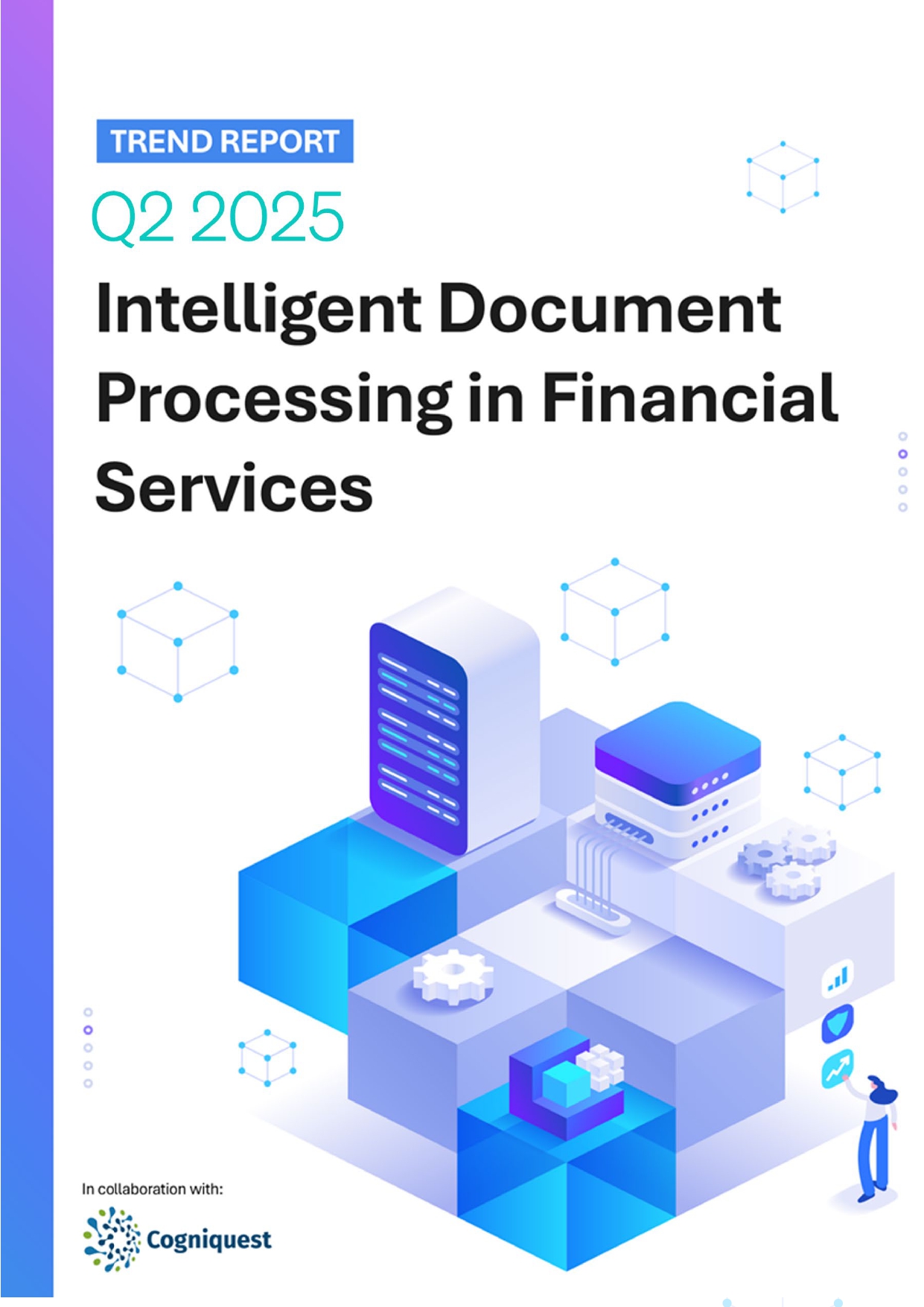 Back
Back
Resilient growth in Africa’s smartphone market set to revolutionize payment landscape
By Puja Sharma
 Recent Canalys analysis shows the African smartphone market saw a second consecutive quarter of strong recovery in Q3 2023
Recent Canalys analysis shows the African smartphone market saw a second consecutive quarter of strong recovery in Q3 2023
Despite macroeconomic challenges, import restrictions, and volatile currencies in key markets, the region experienced an impressive 12% year-on-year growth in shipments, totaling 17.9 million units.
Earlier this year, Visa has launched the service in Cape Town with mobility provider Loop, enabling passengers using the firm’s minibus taxis on routes between the city’s Bellville and Mitchells Plain districts to pay their fares by tapping a driver’s smartphone with their contactless payment card or mobile device.
“The introduction of Tap to Phone means that drivers will now be able to accept digital payments (from enabled bank cards or phones) using their smartphones,” Visa’s country head for South Africa Lineshree Moodley said.
TRANSSION maintained its leading position, and achieved 9% annual growth, securing a dominant 48% market share. The company is strategically expanding its footprint, especially in emerging markets, focusing on price bands below $100. Samsung, hit by a 13% decline due to challenges in its mid-to-high-end devices, retained second position with 26% market share. Xiaomi and OPPO’s successful resurgence with impressive annual growth rates of 100% and 259%, respectively were fueled by significant investments, especially in the Egyptian market, which contributed to positive Q3 results.
“The African market demonstrates strong resilience in demand and supply amid macroeconomic challenges,” said Canalys Senior Consultant, Manish Pravinkumar. “Despite rapid currency devaluation, South Africa’s smartphone market exhibited a remarkable growth of 20%. This surge was fueled by the demand for entry-level devices, particularly catering to the extensive pre-paid segment. Additionally, mid-tier devices experienced heightened demand, the prevalence of load-shedding contributed to this trend, as people increasingly prioritize smartphones with quality screens and robust battery life to keep them entertained during power outages.
“Vendors’ local teams are leveraging the strengths of their brand assets and global product portfolios to augment market positions in Africa,” Pravinkumar continues. “TRANSSION, through initiatives such as the Takenow device financing schemes for TECNO and collaborations with Easybuy, has not only boosted sales but also advocated for an increase in Average Selling Price (ASP). HONOR and Xiaomi are making significant impacts by introducing diverse products at accessible price points.
This strategic move aims to expedite the transition from basic feature phones to smartphones, injecting excitement into markets. Meanwhile Samsung maintained it’s A-series to drive volume. And, confronted with the challenge of consumers preferring mid-range devices from Xiaomi, OPPO, and realme, Samsung proactively promoted foldable devices to secure a prominent position in the premium segment. Huawei has been collaborating with local software suppliers in South Africa, continually enhancing the usability of HMS and tackling the lack of GMS.”
“While witnessing significant growth in the third quarter of 2023, Canalys foresees limited expansion in the region, expecting single-digit growth in 2024,” highlighted Pravinkumar. “Channel partners and vendors are grappling with challenges such as currency devaluation, increased import taxes, and government initiatives promoting local production, potentially leading to cost and price hikes. Nevertheless, the availability of device financing schemes from operators and channel partners could significantly enhance accessibility and boost adoption rates.
Looking forward, the next few years are anticipated to witness a plateau in 2G, while 4G and 5G are positioned for robust growth. While there is a slight possibility of disruption if governments choose to phase out 2G networks, this scenario is unlikely in the short term. Essentially, Africa’s smartphone market narrative unfolds as a compelling story of overcoming challenges with resilience and capitalizing on opportunities through strategic partnerships, channel dynamics, and a transforming consumer landscape. As the market evolves, vendors must navigate these complexities with agility and foresight to secure a pivotal position in this burgeoning market.”
IBSi FinTech Journal

- Most trusted FinTech journal since 1991
- Digital monthly issue
- 60+ pages of research, analysis, interviews, opinions, and rankings
- Global coverage
Other Related News
Related Reports

Sales League Table Report 2025
Know More
Global Digital Banking Vendor & Landscape Report Q2 2025
Know More
NextGen WealthTech: The Trends To Shape The Future Q4 2023
Know More
Intelligent Document Processing in Financial Services Q2 2025
Know More


